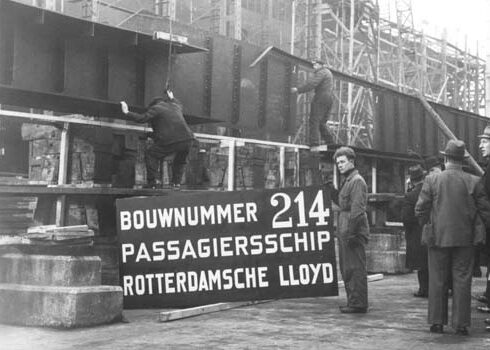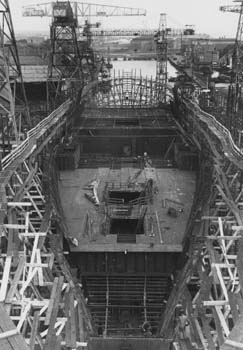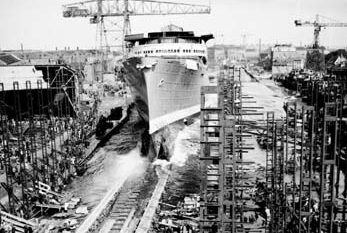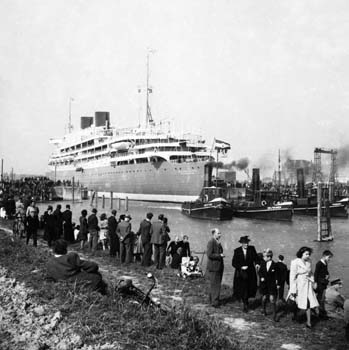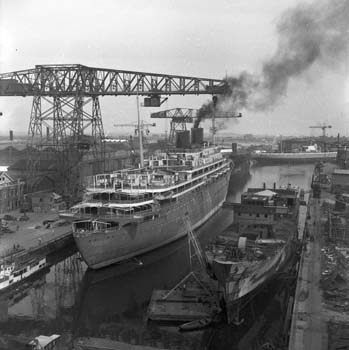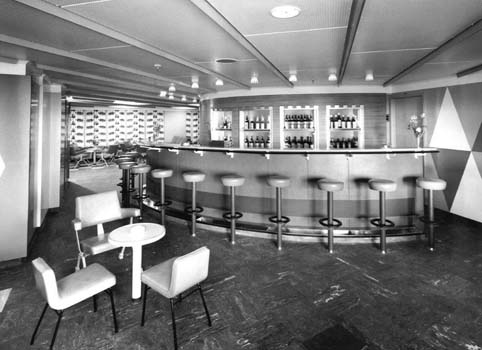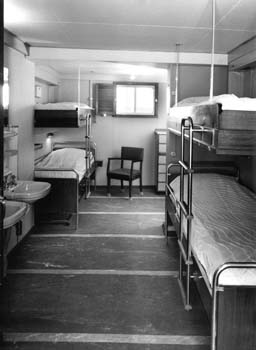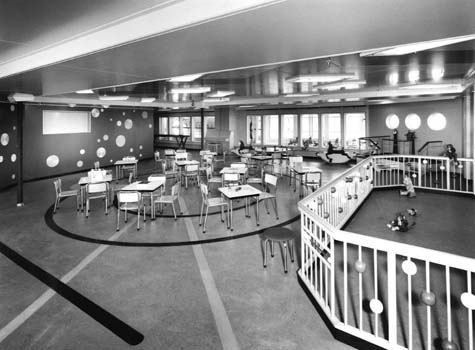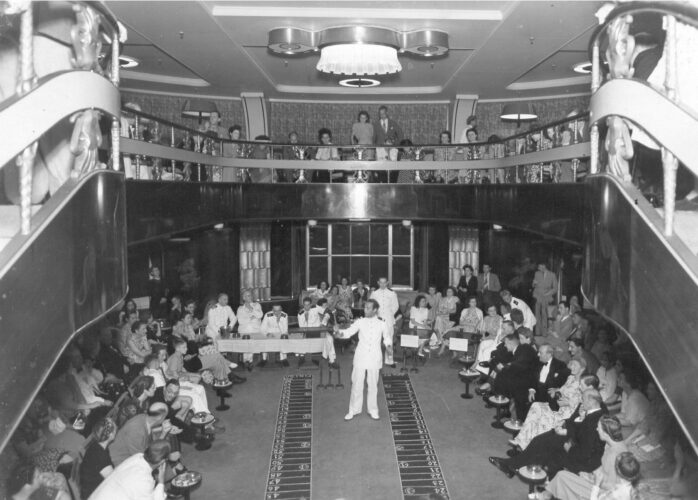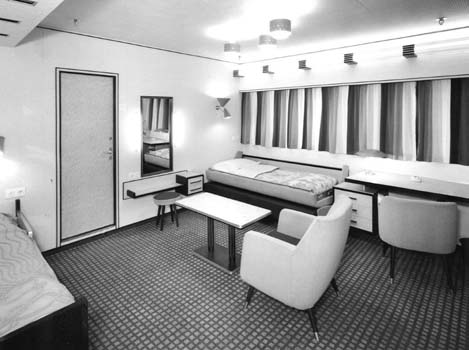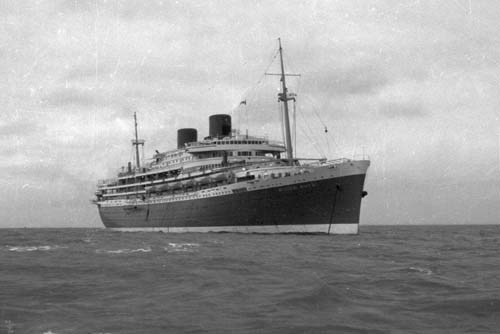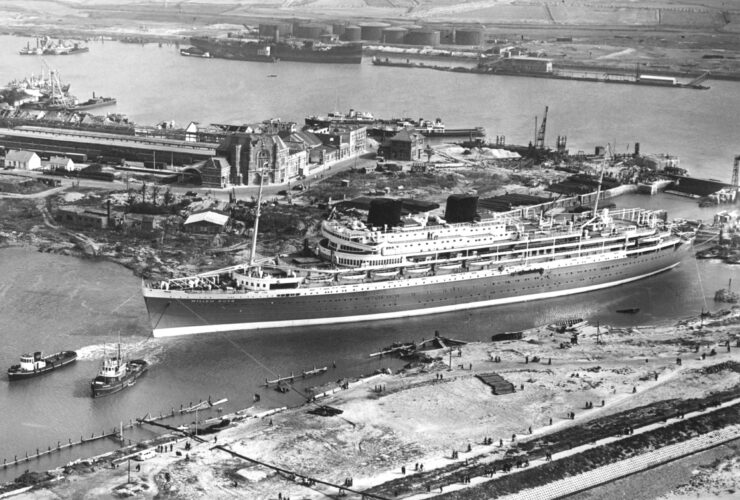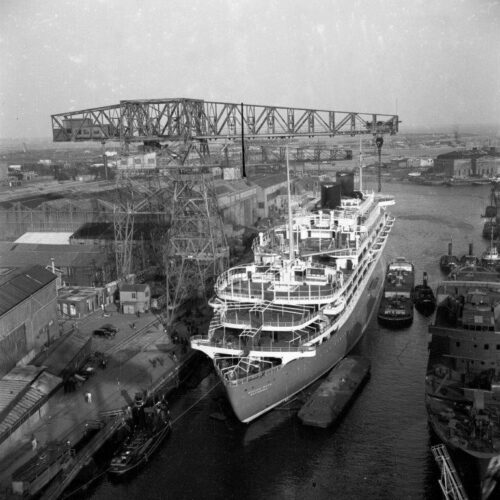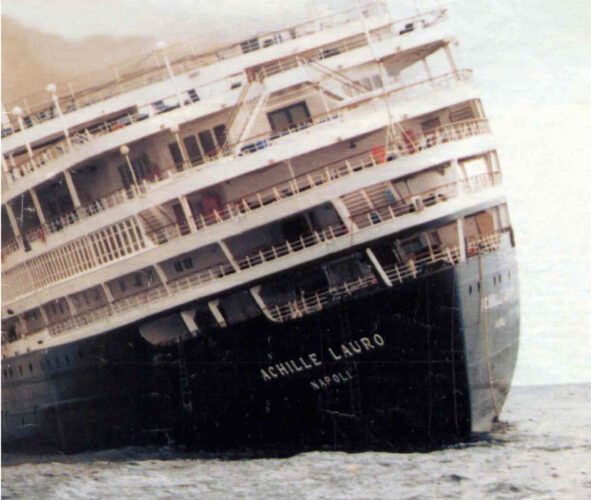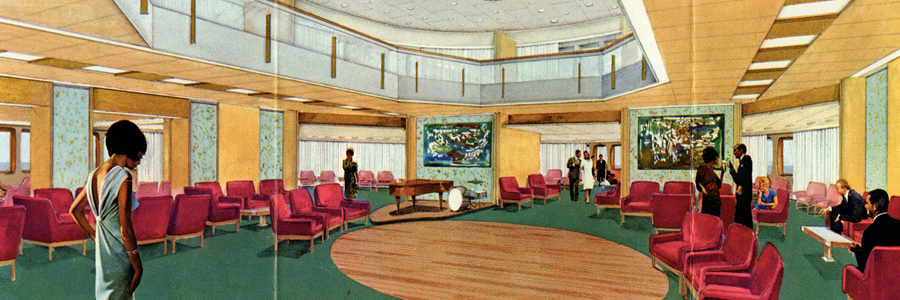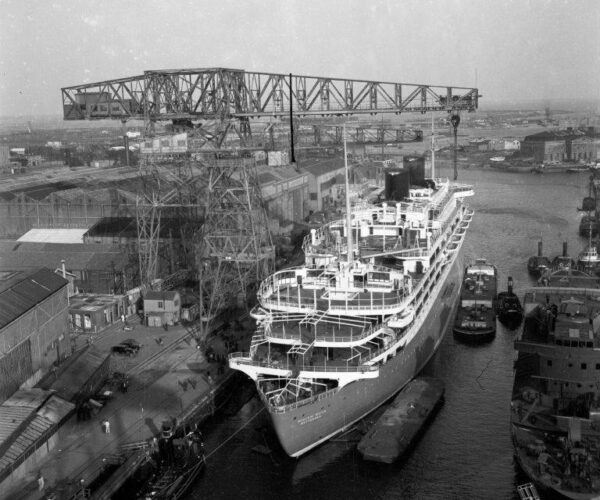
“You could see the ship towering high above the city from all over the surrounding area.” The Willem Ruys still appeals to the imagination. It was one of the largest passenger ships ever built at De Schelde shipyard, but its life ended unceremoniously when it sank after a fire.
Together with Frans Luidinga, maritime historian Nico Guns has written a book about the legendary passenger ship. In two weighty volumes, they tell the story of hull number 214 – the Willem Ruys – which De Schelde completed in 1947.
The motor-mail ship had an eventful life that sadly ended at the bottom of the Indian Ocean, some 40 miles off the coast of Somalia.
Nico Guns: “The name of the ship refers to three directors of the Rotterdamsche Lloyd shipping company – all called Willem Ruys – for which the ship was built. In particular, the ship’s name honours director Willem Ruys (1894-1942) who was shot during the war.” It was partly because one of the founders of De Schelde, Arie Smit, was related to the Ruys family, that the Vlissingen shipyard built passenger ships for Rotterdamsche Lloyd from 1883, explains Nico. “This shipping company remained one of the yard’s most prominent customers until the 1950s, to the extent that you could call De Schelde its purveyor to the court.”
The Willem Ruys fits in well with the list of illustrious freight and passenger ships that De Schelde built during its long existence, such as the Indrapoera, Sibajak, Baloeran and Dempo. “But, in terms of design, hull number 214 was unlike its stately predecessors. De Schelde’s Chief Designer Jan Blokland Visser created a design according to the laws of aerodynamics; a ship with round ‘voluptuous’ shapes that moved through the water like a seductive Balinese dancer. It was also striking that the sloops on board were much lower than on other ships of that time. It was a beautiful ship both in terms of naval architecture and aesthetics.”
Nowhere in the world did it take so long, even out of necessity, to build a ship like the 192-metre long Willem Ruys. Started in 1937, but forced to stop construction during the war years by occupying forces, the ship did not enter service until 1947. “Miraculously, the hull was never hit during Allied bombings of the yard,” says Nico. “Shortly before the liberation of Vlissingen, it was undermined by the Germans. Shipyard worker Cornelis Jobse carried out a heroic act of resistance by disabling the explosives with his own hands so that the Germans could not blow up the ship.”
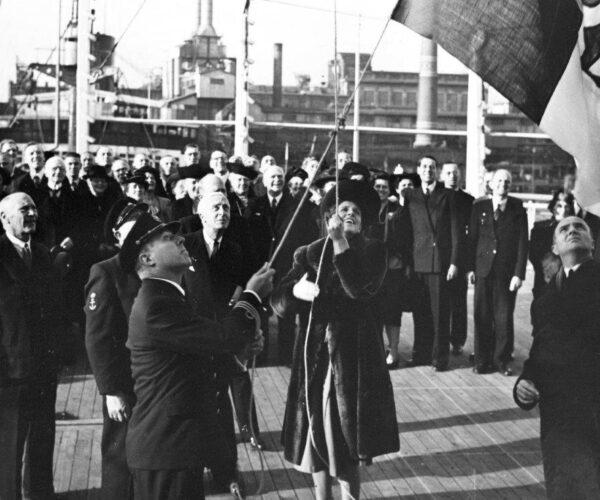
After its christening ceremony and launch in 1946, the Willem Ruys entered service in December 1947, sailing for many years as a liner between Rotterdam and the Dutch East Indies, a voyage that then took three weeks. After the Indonesian declaration of independence by Sukarno in 1949, it was increasingly used to transport Dutch emigrants heading for Australia, North America and New Zealand.
The ship gained little attention until it was sold to Flotta Lauro in 1965. This Italian shipping company gave it a thorough renovation. With its new name of Achille Lauro, it served from April 1966 as a liner for Italian emigrants bound for Australia. A further renovation followed in 1972, readying it suitable for Mediterranean cruises. After surviving a hijacking by Palestinian terrorists in 1985 (sadly with one fatality), the ship was destroyed by fire off the coast of Somalia in 1994 during a cruise to South Africa.
The looks of this famous ship still appeal to the imagination, says Nico. “It had eleven decks, the interior was beautiful, with lavish use of tropical wood. There were two swimming pools on board and the ship had a full staff providing entertainment for the passengers. This included games, quizzes and cabaret, dance evenings and musical performances. Famous artists often performed on board, and although the first class areas were of course the most elegant, second class was known as being the most fun. The story goes that passengers with a first class ticket went to the second class in the evening for the best entertainment…! ”
Nico concludes: “De Willem Ruys was the largest, but also the last project that De Schelde carried out for Rotterdamsche Lloyd, known as Royal Rotterdamsche Lloyd since 1947. The construction of this ship was of enormous significance to De Schelde. The project generated an enormous amount of work for the whole of Walcheren [the surrounding area], including for a large group of suppliers. During construction, you could see the ship towering over Vlissingen from all over the island.”

